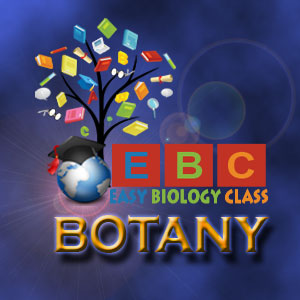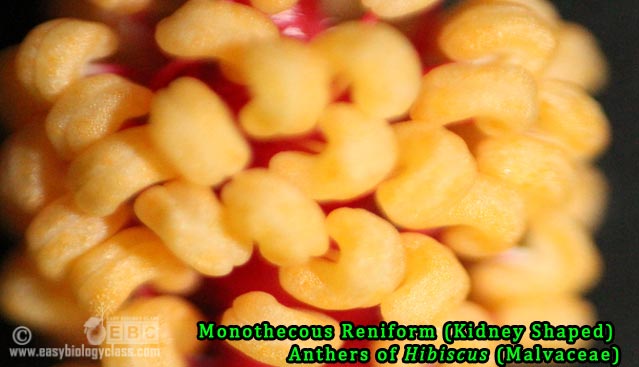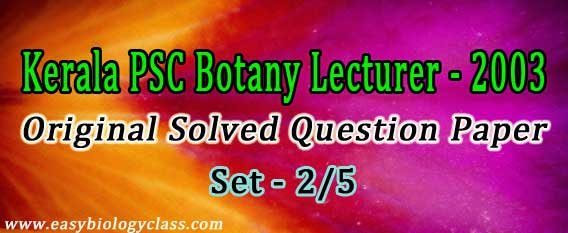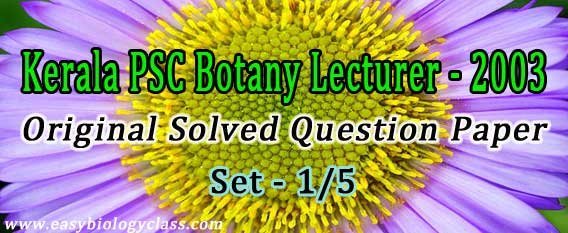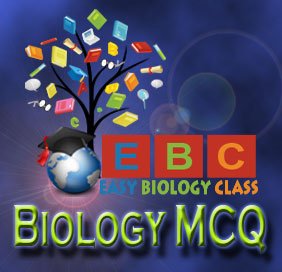Kerala PSC Botany Lecturer / Assistant Professor Model Question Paper 2017
Model/Sample Question Paper of Kerala PSC Botany Lecturer/Assistant Professor Recruitment Examination to be conducted by Kerala Public Service Commission Question for the appointment of Botany Lecturer/Assistant Professor in Government Colleges of Kerala under the Directorate of Collegiate Education, Trivandrum, Kerala. Questions are in MCQ (Multiple Choice Questions) format.
Botany Lecturer Test: Model Questions Set – 1/3
(1). Enzymes used to isolate protoplast are:
a. Cellulase and lipase
b. Pectinase and lipase
c. Cellulases and pectinases
d. Proteolytic enzymes and cellulose
(2). Which of the following statement describes the androecium of Malvaceae
a. Numerous stamens, dithecous anthers
b. Monadelphous, dithecous anthers
c. Monadelphous, monothecous anthers
d. Synandrous, monothecous anthers
(3). Which chemical induces fusion of the protoplast in somatic hybridization?
a. Boric acid
b. Polyethelene glycol
c. Phosphoenol pyruvate
d. Ethylene
(4). A continuous system formed by protoplasts and plasmodesmata in a tissue is
a. Apoplast
b. Protoplast
c. Symplast
d. Chloroplast
(5). Two or more related species that are morphologically identical but are incapable of producing fertile hybrids are called as:
a. Biological species
b. Sibling species
c. Vicariance
d. Typological species
